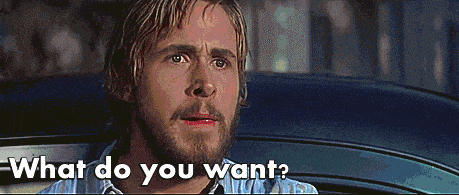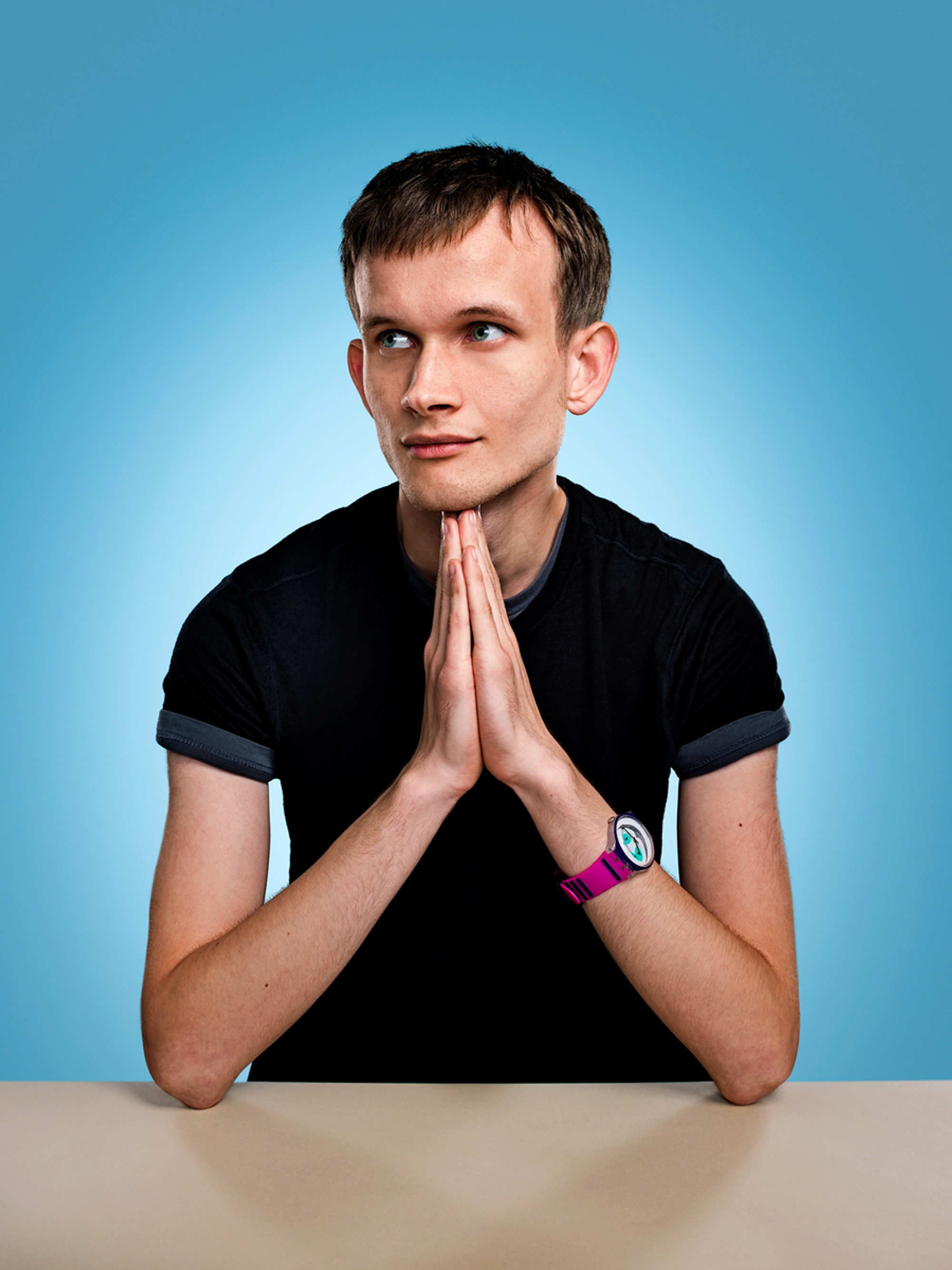It turns out that when building a blockchain network - you have to make some tough choices.

There are three main features a blockchain network needs to have: decentralisation, security and scalability.
- Decentralisation - The idea is to give people across the world the power to govern a network, through a system of interconnected nodes, rather than relying on one central authority.
- Security - As recent hacks have shown, the safety of a blockchain network is of utmost importance. Blockchain networks are meant to be secure but they are not immune to hacking. If one party controls more than 50% of the nodes in a network, they are able to manipulate transactions and steal from that network.
- Scalability - As the network grows, blockchains should be able to handle thousands of concurrent transactions.
Vitalik Buterin - the creator of Ethereum (El Jefe from earlier) - caused a stir when he said that if a blockchain wants to be really good at two of these three aspects, it will have to sacrifice the other one. Here's what he meant…

Decentralisation and Security go hand in hand
The more decentralised a network is, the harder it is for one party to control 51% of the nodes needed to hack the network. In the Bitcoin network, for example, there are more than 10,000 nodes. Hacking the network to the point where one person controls 51% of the nodes would be a herculean task. On the other hand, when it came to the hack of the Ronin network (which got hacked in March 2022), there were only 9 nodes in total. So the hacker only had to control 5 to have enough power to manipulate the network.
So a lot of nodes mean a higher degree of decentralisation and a more secure network. And these are both things we want. Great! The Problem? It can lead to the network becoming really, really slow.